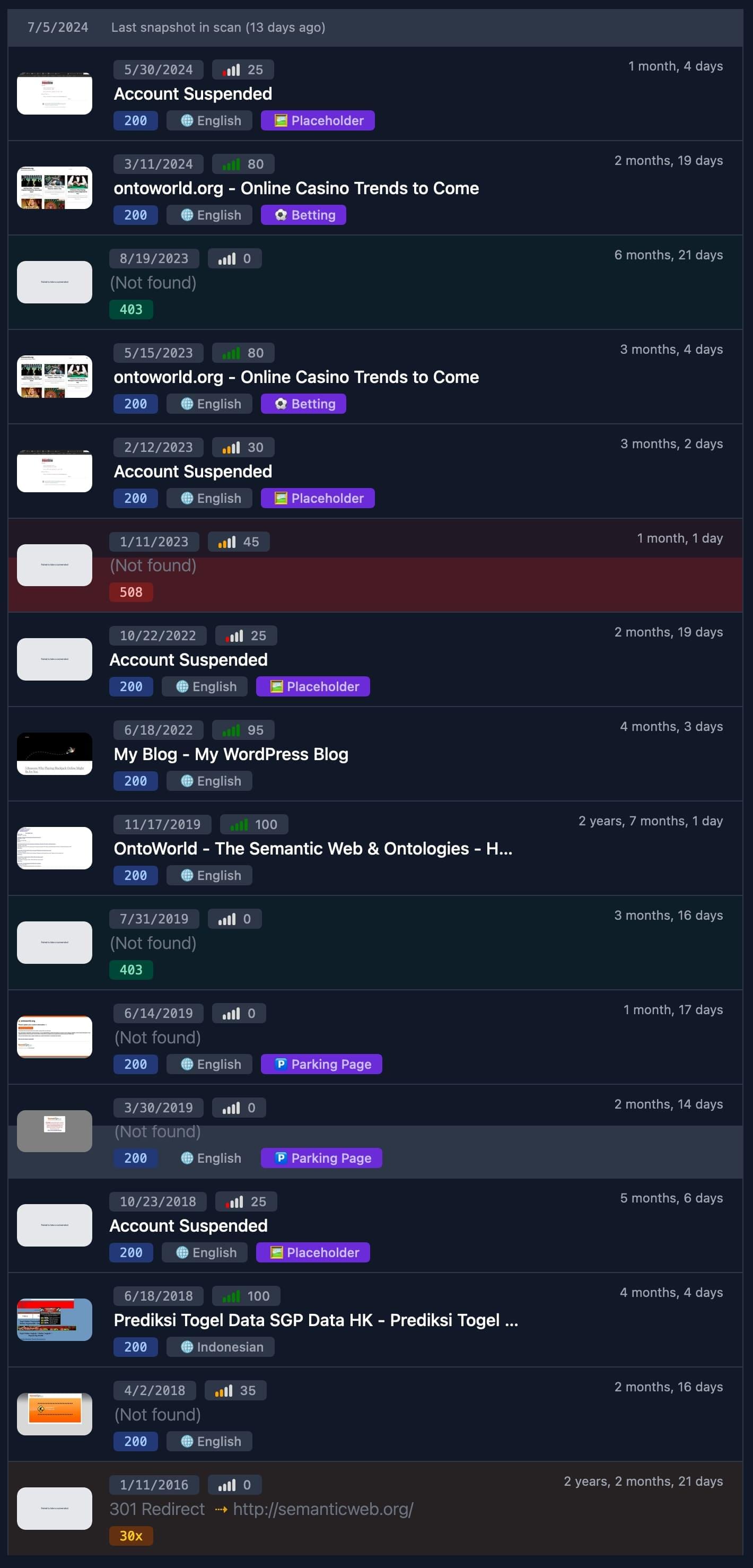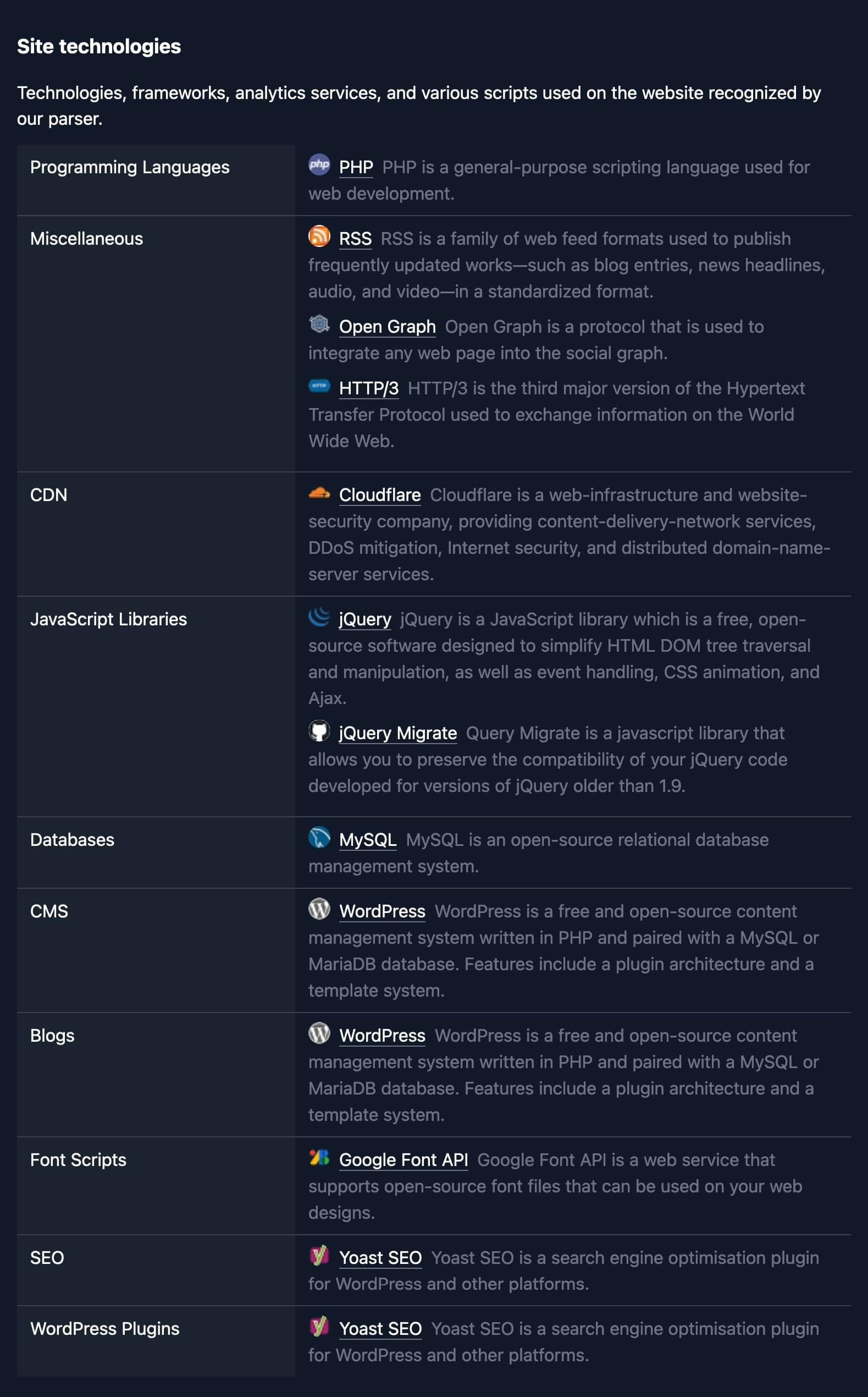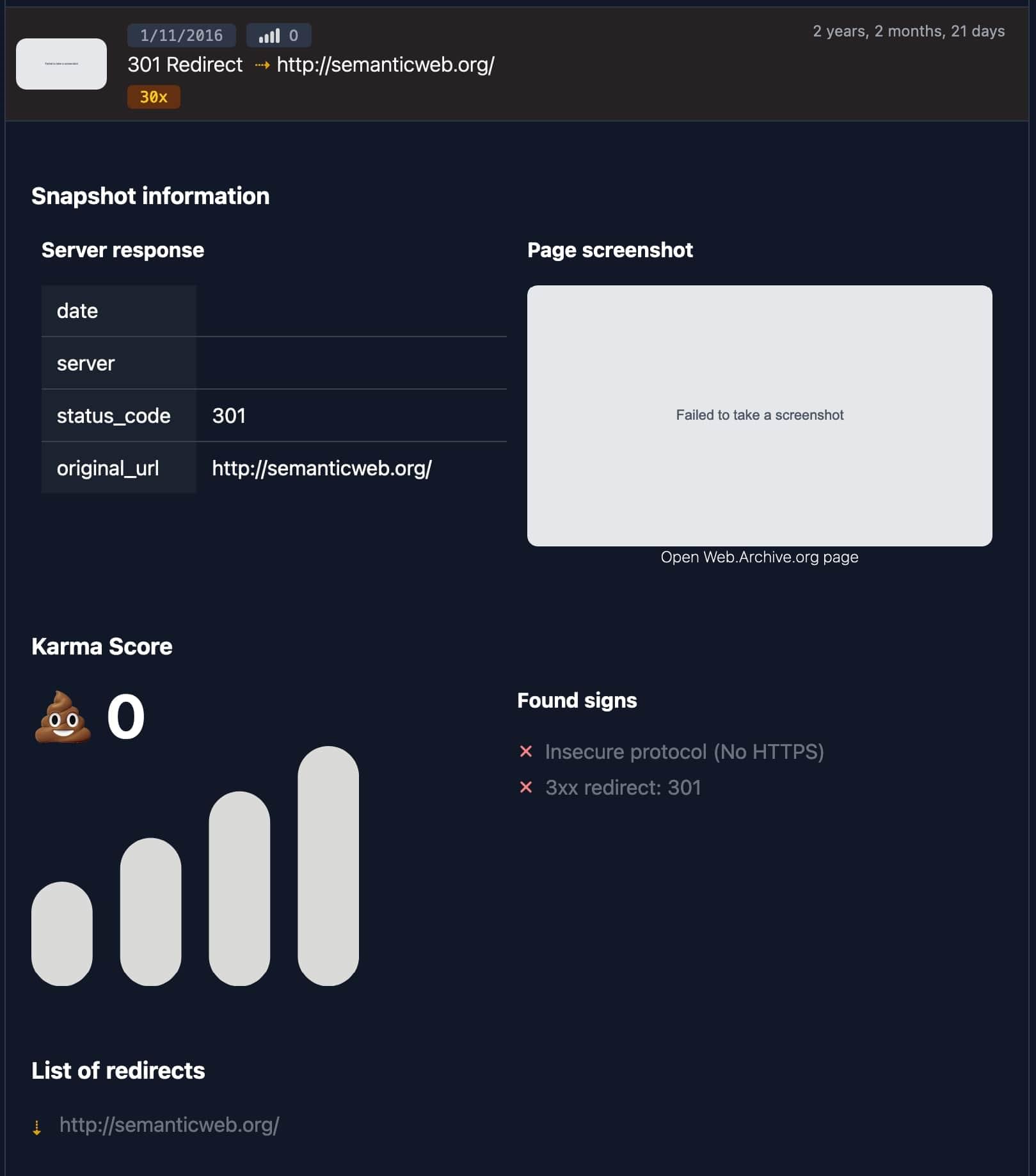The table above shows expired domains with strong backlink profiles, ready to buy today. Each has been pre-screened for link quality, clean Wayback history, and practical reuse potential. Below: what separates quality backlinks from junk, where to buy these domains, and what to verify before you bid.
Want to find these domains yourself? Skip the table and learn the complete search workflow for hunting domains with quality backlinks manually.
The Reality Check: What Google Actually Cares About
Here's the truth: buying a domain with backlinks isn't an automatic win. Google's stance is clear—expired domain abuse (grabbing an old name and slapping on unrelated content) is spam. The domains that retain value share one trait: topical continuity. If your new project aligns with what the domain used to cover, inherited links can help you start warm instead of cold. Break that alignment, and those links become irrelevant noise.
So the real question before you buy: can you publish content that makes sense in the context of this domain's past? If yes, proceed. If no, walk away.
Finding These Domains: Two Main Paths
Most expired domains with solid backlinks surface through two channels:
1. Expiring auctions & aftermarket
Registrar platforms (GoDaddy Auctions, NameJet, Dynadot, etc.) run timed auctions for names leaving their original owners. You bid, win, transfer. Competitive names with strong link profiles attract multiple bidders, so expect price inflation on the good stuff.
2. Drop lists & closeouts
Names that skip or lose auctions move to closeout or drop completely—becoming available for backorders or hand-reg (rare). Drop-catch services let you place backorders; if you're the only one or win the mini-auction among backorder holders, the name is yours.
The problem: Manually tracking dozens of auction sites, drop lists, and closeout streams is a time sink. That's where aggregators help. Karma.Domains pulls inventory daily from GoDaddy, NameJet, DropCatch, Dynadot, Namecheap, and others, then pre-filters by backlink count, referring domains, and topical fit—so you see curated candidates instead of raw dumps.
What Separates Strong Backlinks from Junk
Not every link helps. Quality backlinks share these characteristics:
- Context matters: Links embedded in article content (editorial) carry more weight than footer or sidebar placements.
- Topical alignment: The referring page's subject should relate to your niche; off-topic links get discounted or ignored.
- Referrer authority: Links from reputable, well-maintained sites with their own healthy link profiles are the goal. Third-party metrics (Domain Authority, Domain Rating, Trust Flow) serve as proxies—not Google ranking factors, but useful for quick comparison.
- Natural anchor distribution: Brand names, partial matches, generic phrases. Over-optimized, keyword-stuffed anchors scream manipulation.
- Proper link attributes: Paid placements should carry
rel="sponsored". Google treatsnofollowandugcas hints (not hard blocks) since 2019, but transparency matters.
Every domain in Karma.Domains includes side-by-side backlink reports: referring domains, anchor distribution, link types, and authority metrics from Ahrefs, Majestic, and Semrush. One report, seconds to scan, no platform-hopping required.
How We Filter This List
Entries in the table pass these checks:
- Clean Wayback history: No pharma spam, casino runs, piracy eras, doorway patterns, or weird redirect chains. Behind the scenes, Karma.Domains crawls Wayback snapshots year-by-year, tags toxic themes, and flags redirect anomalies—delivering pre-vetted candidates instead of a mystery-box dump.
- Link quality over volume: We look for editorial, in-content placements from topically relevant, reputable referrers with sensible anchor mixes (brand/partial/generic). Link count is table stakes; link context is the differentiator.
- Topical continuity: Historical content themes align with legitimate, common use cases. Domains with wild niche pivots don't make the cut.
- Technical hygiene: No malware traces, hack footprints, indexing issues, or obvious penalty signals.
- Practical fit: Each domain is suitable for an on-topic rebuild, a same-theme launch, or careful, surgical page-to-page redirects.
Your Pre-Purchase Backlink Audit (Fast but Thorough)
Before you bid or backorder:
- Sample top referrers: Open the strongest referring pages. Confirm links are contextual (not sitewide footers) and still indexable (no
noindex, no blocked paths in robots.txt). - Read the anchors: Look for natural variety. Exact-match keyword repetition across many links = red flag for schemes.
- Check referrer health: Use Majestic or Ahrefs to verify referring domains themselves have real, crawlable link profiles—not circular link rings or PBN patterns.
- Identify policy traps: Paid or affiliate links should carry proper attributes (
sponsored,nofollow, orugc). Unmarked paid placements violate guidelines and can become liabilities. - Map legacy intent: If the domain's traffic and links concentrated on specific topics or URLs you can't replicate, expect carryover to fade. Relevance is everything.
After You Buy: Implementation Without the Spam Label
- Stay in the topical lane: Launch content on the same or closely related subject. Off-topic pivots trigger expired-domain-abuse filters.
- Redirect surgically: Map legacy URLs to contextually matching pages on your new site. Blanket homepage 301s are often treated like soft 404s—ignored.
- Use disavow sparingly: Reserve it for situations with (or likely to face) manual actions related to unnatural links you can't remove. Don't disavow "just in case"; it's not a preventive tool.
Quick Checklist
- History: Clean Wayback timeline; no toxic eras.
- Links: Editorial, topical, from trustworthy referrers; healthy anchor mix.
- Relevance: Your content plan matches the domain's past theme.
- Redirect strategy: Page-level mappings ready; no mass homepage 301s.
- Policy compliance: Paid/UGC links properly marked; no link-scheme footprints.
Prefer to hunt these domains yourself? The complete step-by-step guide—including advanced search techniques, backlink quality checks, and automation workflows—is here: How to Find Expired Domains with Great Backlinks.
Bottom line: The table above delivers pre-vetted candidates ready to purchase. The guide shows you how to build your own pipeline. Either way, topical continuity and editorial-quality content are what turn inherited backlinks into real value.











